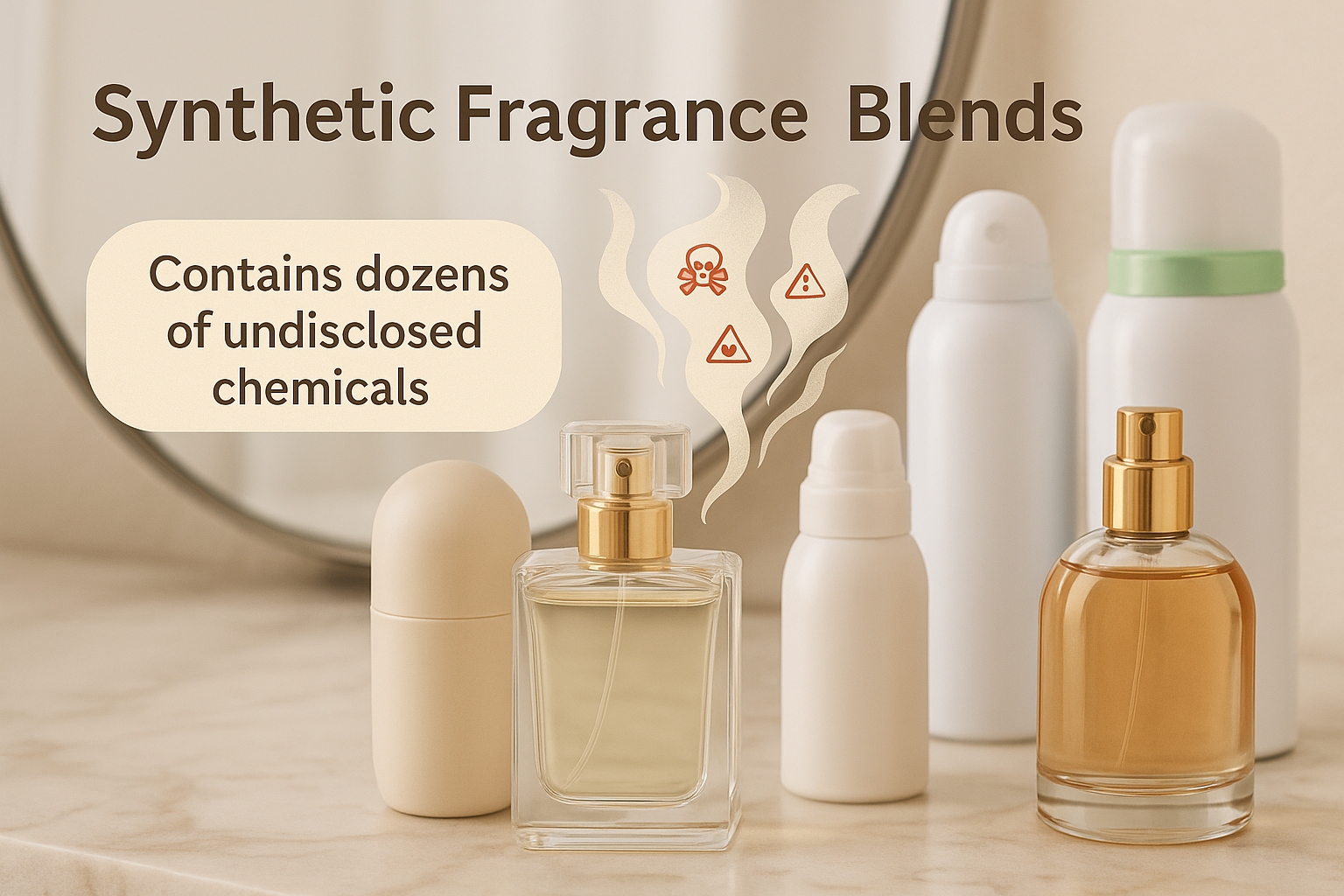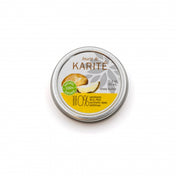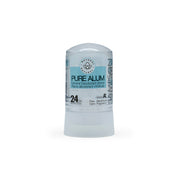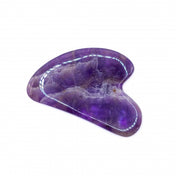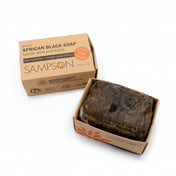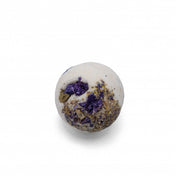5 Hidden Chemicals in Your Deodorant That Could Be Disrupting Your Hormones

The 5 Hidden Chemicals You Need to Know About (and Avoid)
1. Aluminum Compounds (Aluminum chlorohydrate, aluminum zirconium)


2. Parabens (methylparaben, propylparaben, butylparaben)
3. Phthalates (often hidden under “fragrance”)

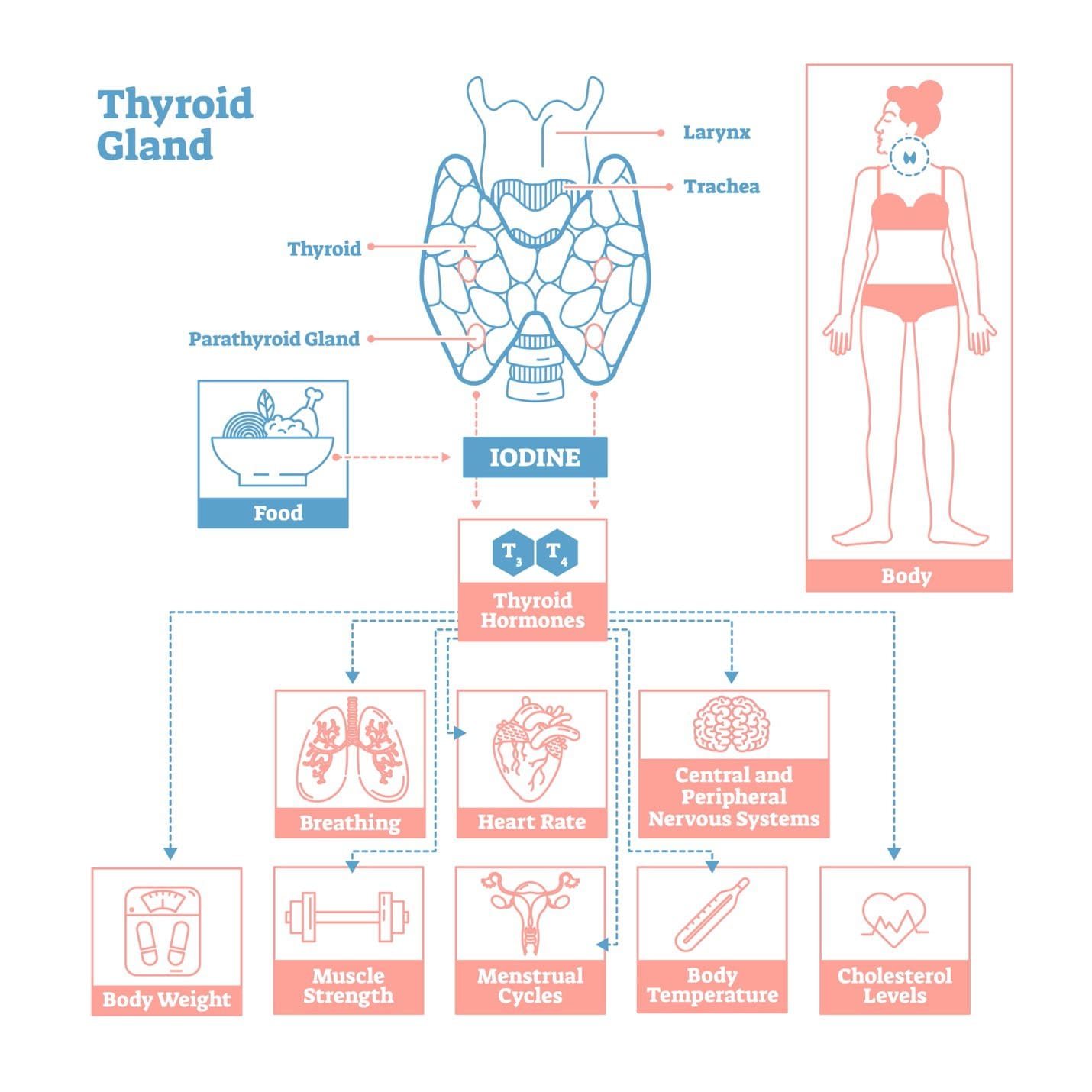
4. Triclosan
5. Synthetic Fragrance Blends (undisclosed mixtures)
